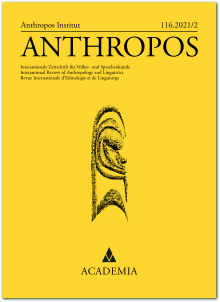el-Sayed el-Aswad: Oriental Images and Ethics – British Empire and the Arab Gulf (1727–1971). A Perspective from Historical Anthropology
Abstract
This article examines the images of the Arabian Gulf before and after the establishment of the Trucial States, presently the United Arab Emirates, in order to understand how such images have been constructed to change the culture of the region. Oriental images of the Arabian Gulf, reflecting the relationship between the Orient (Arab/Islam) and the West, were created in different historical stages. During the first stage (1727–1819), European orientalists depicted Arab Gulf inhabitants, particularly the Qawasim tribesmen, as pirates. The British considered the Qawasim to be allied with the Wahhabi movement, indicating that Arabs formed an integral part of the precarious Orient. During the second stage (1820–1891), British Empire established what is known as the Trucial States, implying the taming of the Arabian Gulf. During the third stage (1892–1971), the Trucial States became subjugated communities under the British protectorate. Ethical issues related to negative images of the Arab Gulf are discussed.
[Arabian Gulf, Emirates, orientalism, British imperialism, piracy, historical anthropology]
